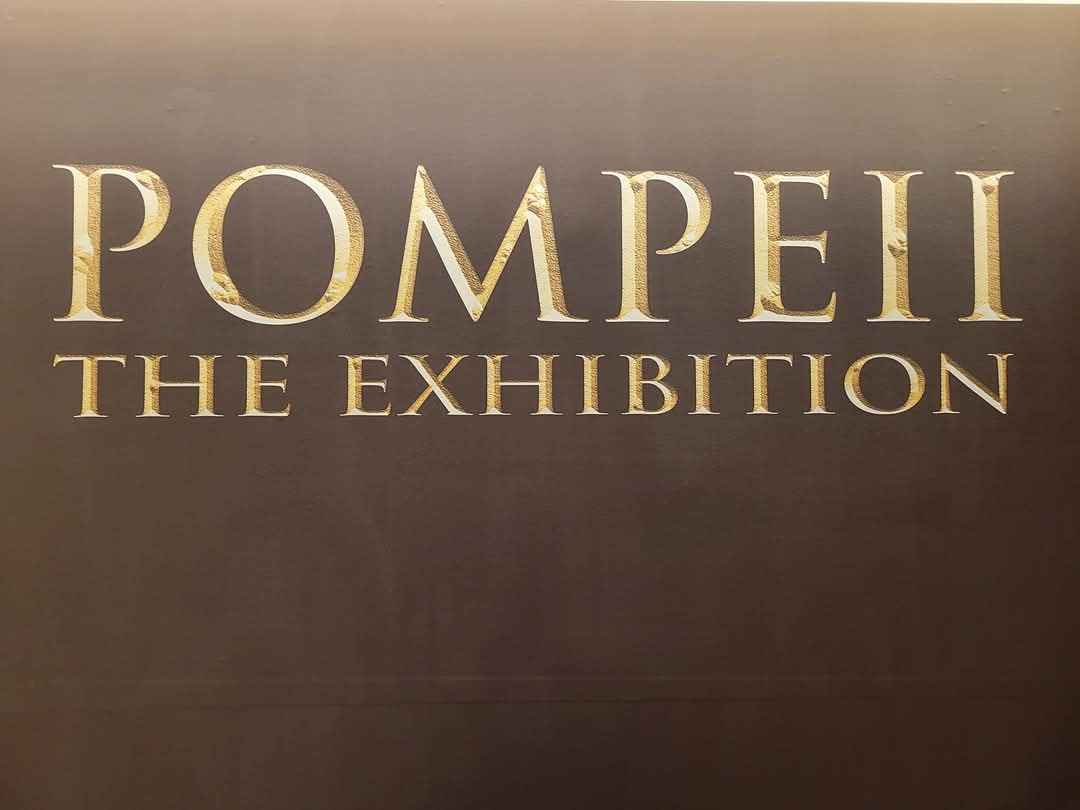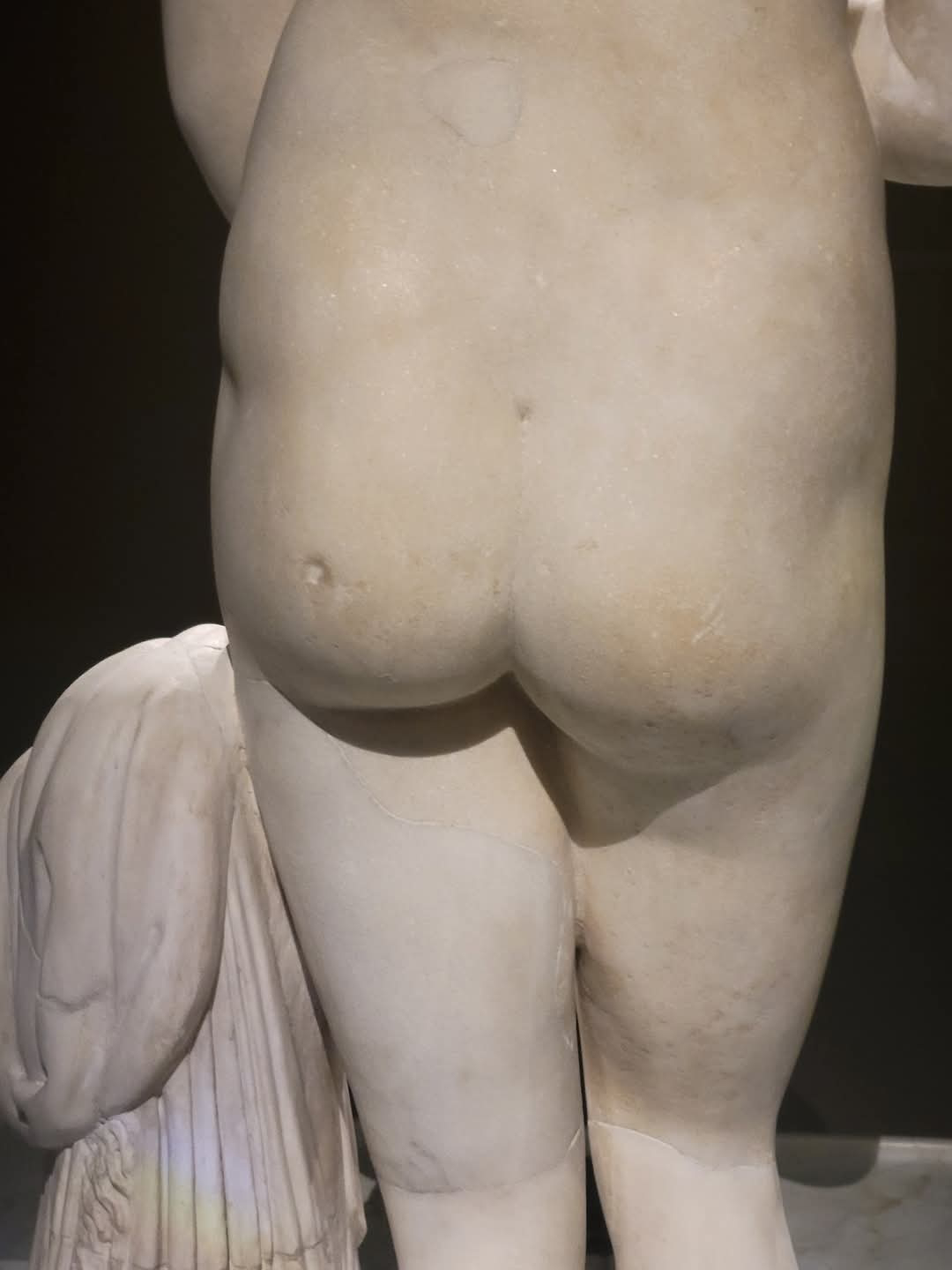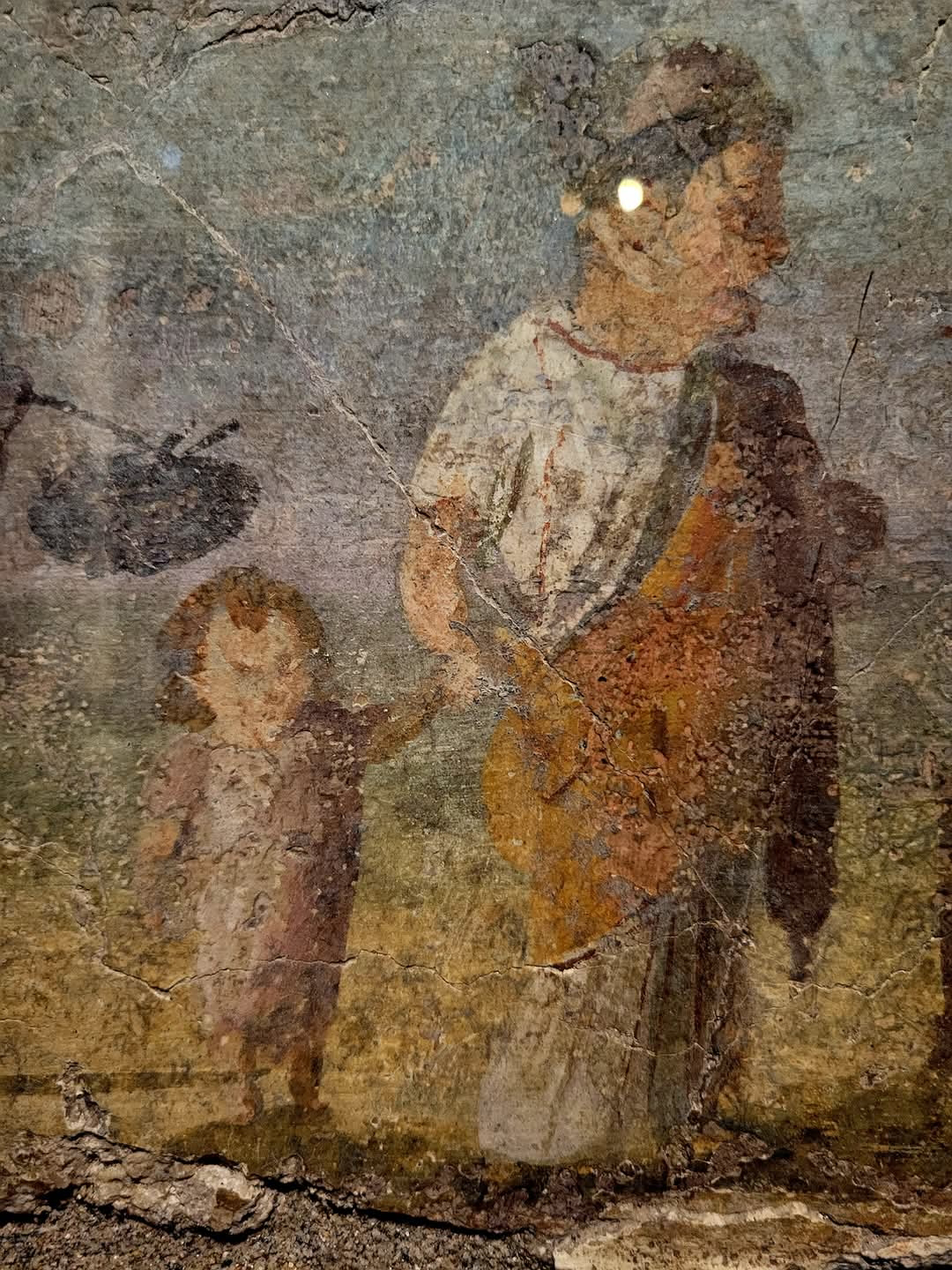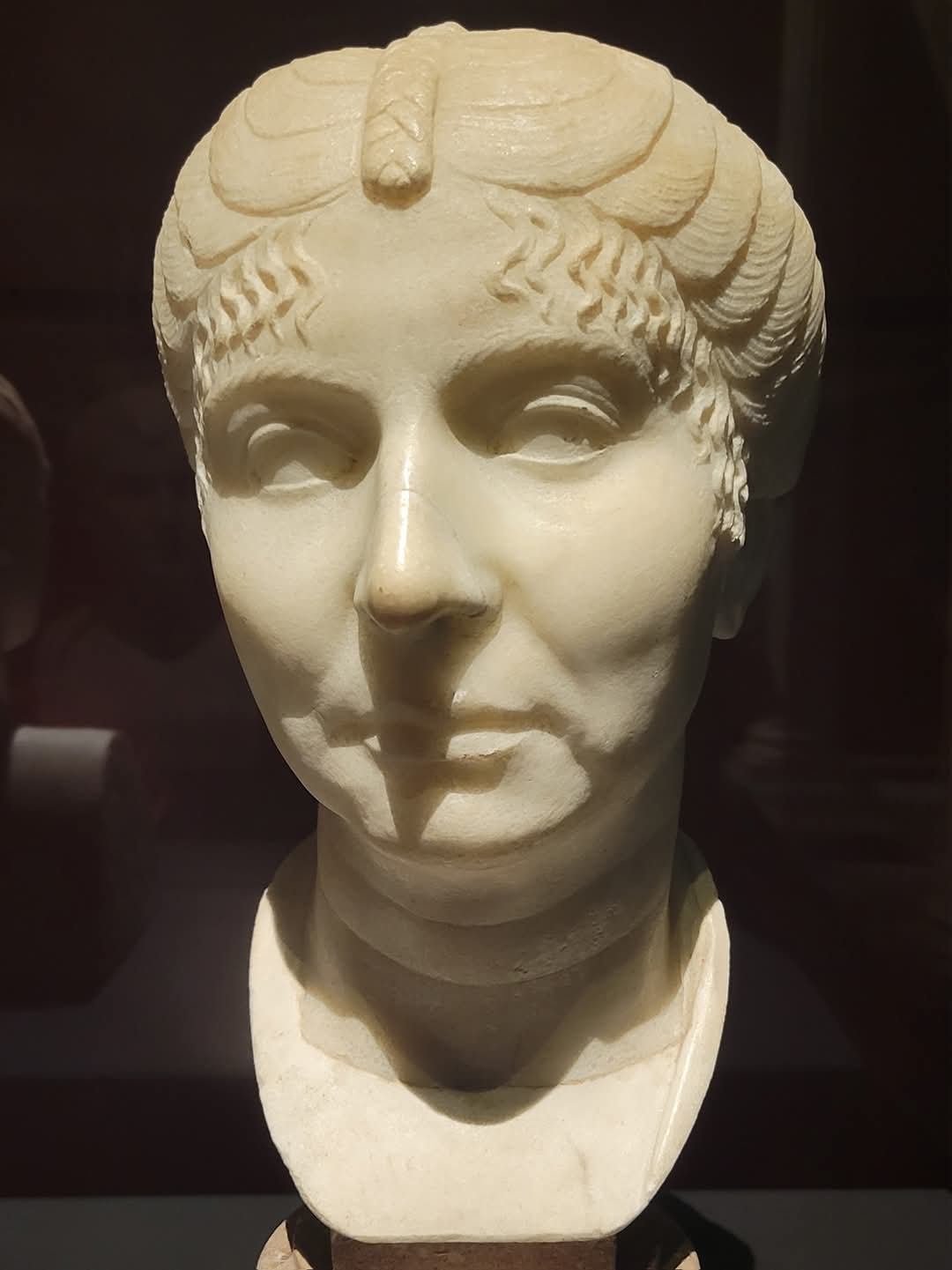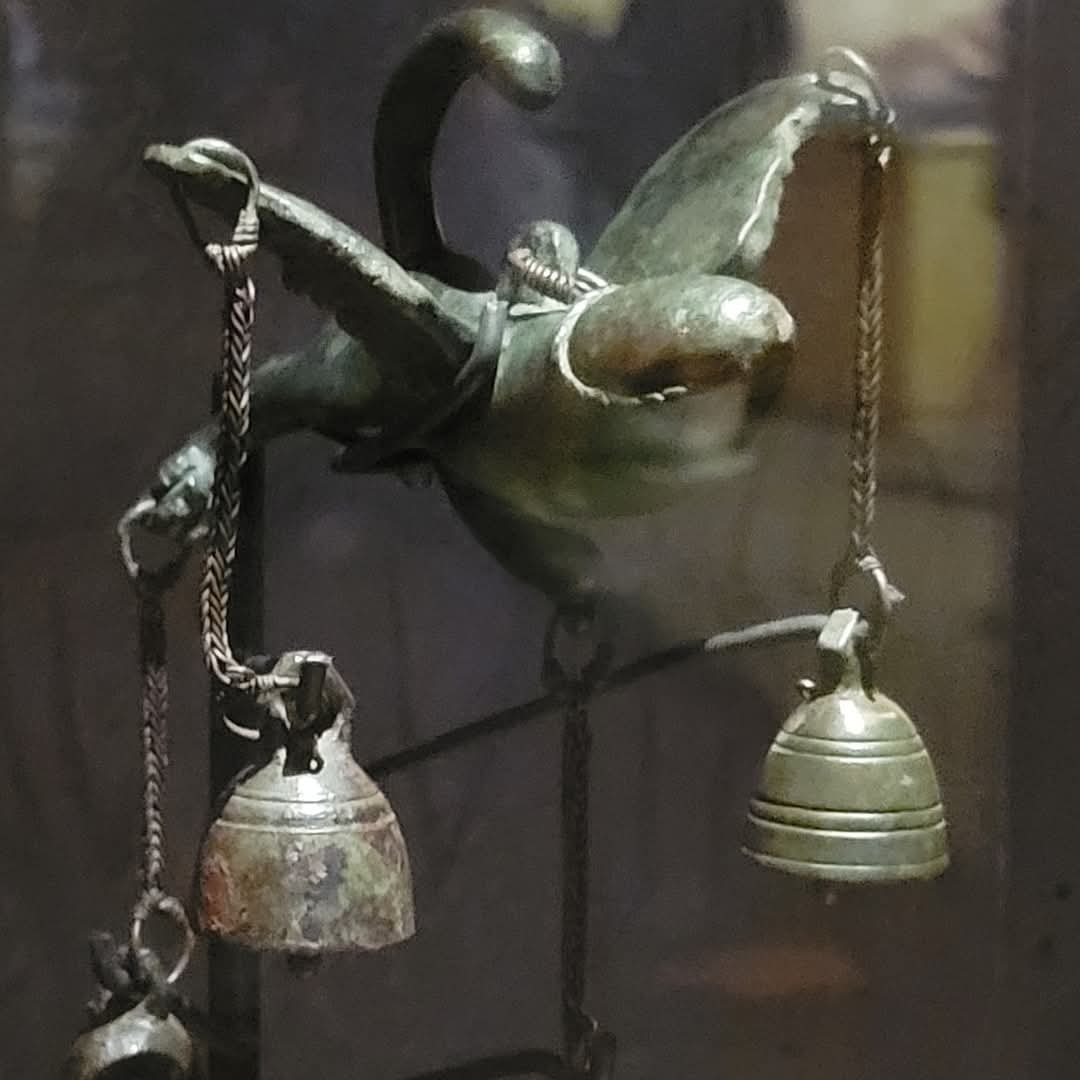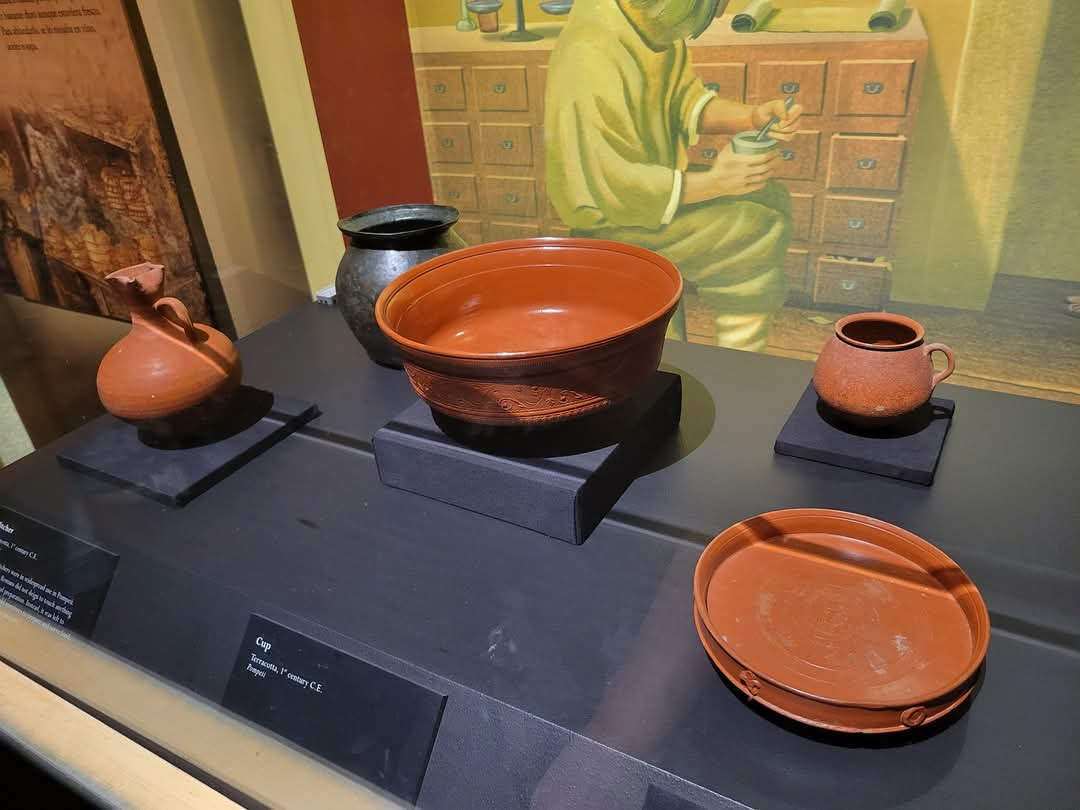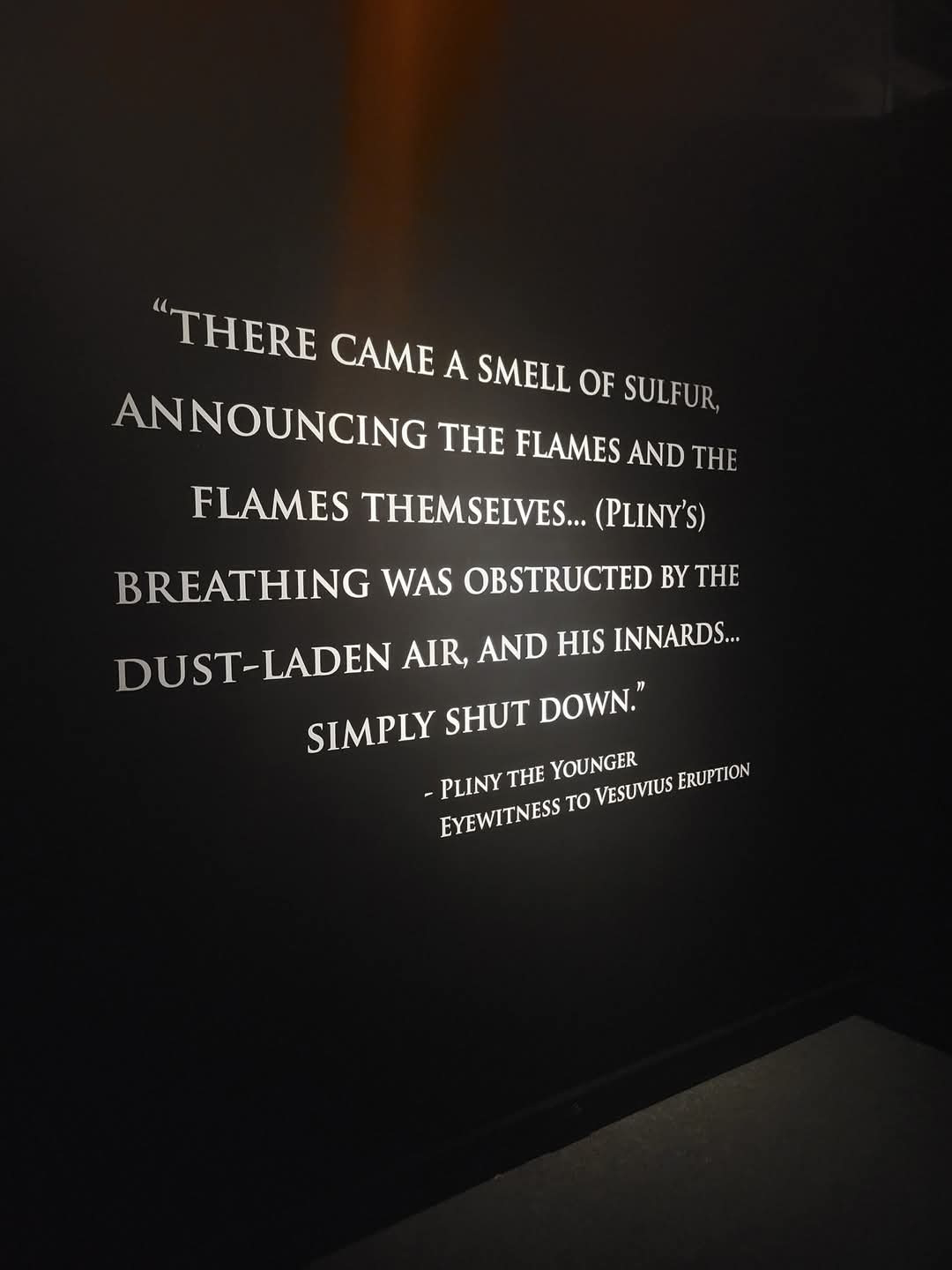Pompeii, an ancient Roman city near modern Naples in Italy, has a compelling and tragic history. Founded in the 7th or 6th century BCE by the Osci or Oscans, it eventually became a Roman colony in 80 BCE. By the 1st century CE, Pompeii was a thriving city with a population of around 11,000 to 15,000 people. It was a vibrant center of commerce, culture, and leisure, featuring well-constructed homes, temples, theatres, and public baths, with its economy based on agriculture, trade, and local industries like wine and olive oil production.
The city's prosperity abruptly ended on August 24, 79 CE, when Mount Vesuvius erupted catastrophically. The eruption spewed a deadly cloud of volcanic gas, ash, and pumice, burying Pompeii under approximately 4 to 6 meters of volcanic material and preserving it in a time capsule. For centuries, Pompeii lay forgotten until its accidental rediscovery in 1599 by architect Domenico Fontana. However, it wasn't until 1748 that proper excavations began under the Bourbon King Charles III.
The artifacts and casts from Pompeii offer a poignant glimpse into the everyday lives of its inhabitants. The cookware, tweezers, and other household items make the ancient city feel remarkably familiar, bridging the millennia between then and now. These ordinary objects remind us that the people of Pompeii led lives not so different from our own, filled with daily routines, chores, and simple pleasures. The plaster casts of the victims, created by filling voids in the ash with plaster, are particularly moving. These casts capture the final moments of the people caught in the eruption, often showing them in positions of fear and desperation. Seeing people crouching in fear or clutching their loved ones as they faced the inevitable is a stark reminder of the human cost of the disaster.
The form of a dog still wearing its collar is another haunting image, emphasizing that the tragedy affected all life in the city, not just the human inhabitants. This small detail, a pet's collar, evokes a sense of normalcy and domesticity, highlighting the sudden and tragic interruption of everyday life. These artifacts and casts collectively humanize the historical narrative of Pompeii, making it more than just an ancient city buried by a volcano. They provide a deeply personal connection to the past, reminding us of the shared experiences and vulnerabilities of all human beings, regardless of the era in which they lived. This normalness, juxtaposed with the dramatic and tragic end, heightens the impact of Pompeii's story, making it a powerful and enduring symbol of both life's fragility and the enduring human spirit.
